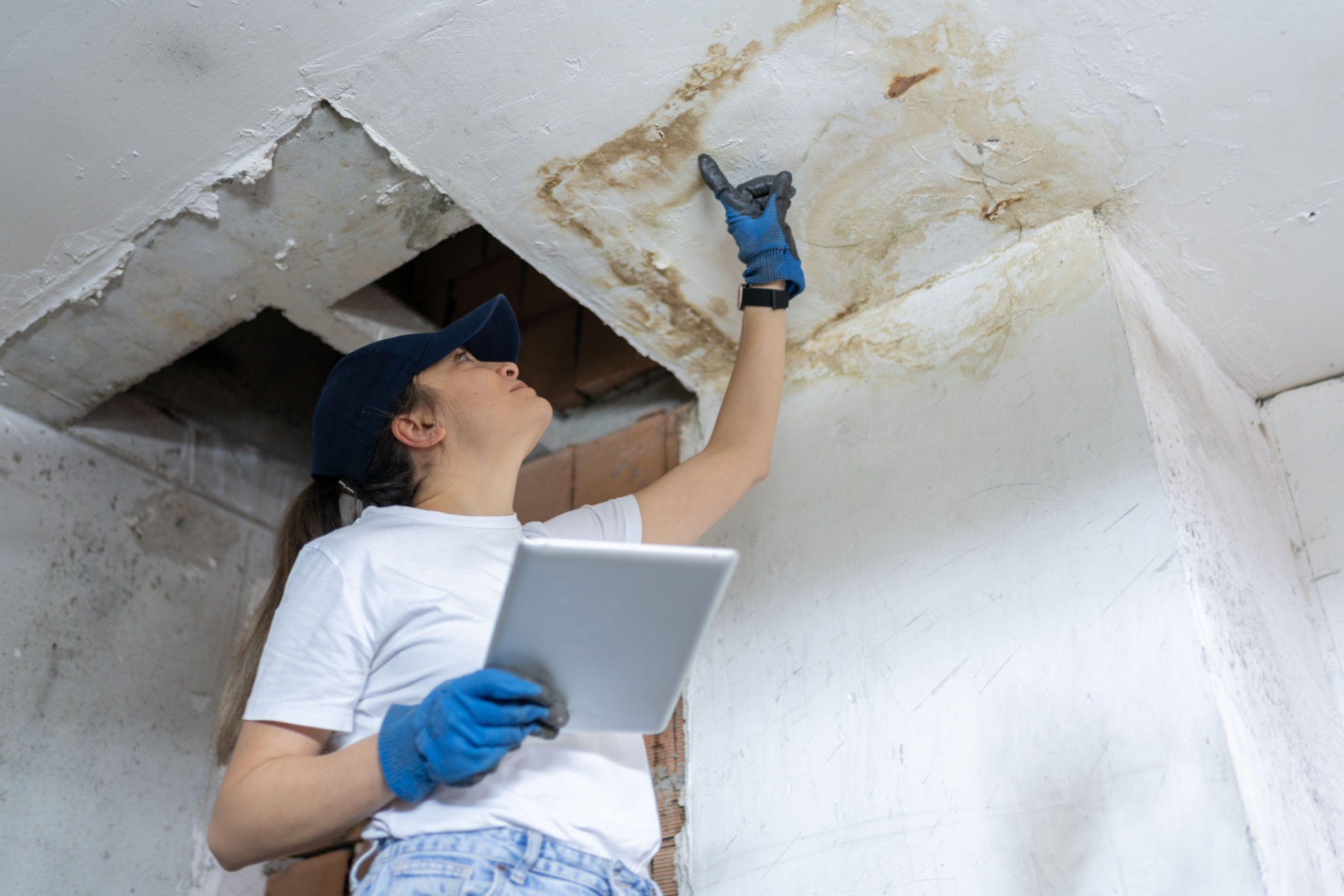Yacht Refit Project Management: Avoiding Common Pitfalls
Understanding the Scope of Your Yacht Refit
Embarking on a yacht refit project is a significant commitment, requiring careful planning and management. Understanding the scope of your project is crucial. Before diving into the process, define what you want to achieve. Whether it's upgrading systems, refreshing the interior, or enhancing performance, having a clear vision will guide your decisions and help avoid costly changes down the line.
Clearly outline your goals and expectations. Create a detailed plan that includes timelines, budgets, and the specific areas that need attention. This initial planning stage is vital in preventing scope creep, which can lead to overspending and delays.

Selecting the Right Team
Choosing the right project management team is essential for a successful yacht refit. A team with experience and expertise in refit projects can make a significant difference. Look for professionals who have a proven track record and a strong network of skilled subcontractors.
Communication is key in this phase. Ensure that the team you choose understands your vision and can translate it into reality. Regular updates and open lines of communication will help keep the project on track and within budget.

Budgeting and Cost Management
One of the most common pitfalls in yacht refit projects is underestimating costs. It's crucial to set a realistic budget and include a contingency fund for unexpected expenses. Costs can quickly spiral out of control if not monitored closely, so regular financial reviews are essential.
Work closely with your project manager to track expenses against the budget. Transparent financial reporting will help you make informed decisions throughout the project. Remember, investing in quality materials and skilled labor pays off in the long run.

Timeline Management
A tightly managed timeline is crucial to avoid delays. Start by setting realistic deadlines for each phase of the refit. Consider factors such as delivery times for materials, availability of labor, and potential weather disruptions that could affect progress.
Regularly review the timeline with your project management team to ensure that milestones are being met. Flexibility is important, but maintaining a disciplined approach will help keep the project moving forward without unnecessary interruptions.
Quality Control and Safety
The quality of work during a yacht refit cannot be compromised. Implementing strict quality control measures ensures that all work meets required standards and specifications. Regular inspections and reviews should be part of your project management strategy.
Safety is another critical aspect. Ensure that all workers adhere to safety protocols to prevent accidents and injuries on site. A safe working environment not only protects personnel but also ensures that the project proceeds smoothly without unwanted legal or financial repercussions.

Final Touches and Sea Trials
As the refit nears completion, focus on the final details that bring your vision to life. This stage often involves cosmetic enhancements, technology integrations, and fine-tuning systems to ensure optimal performance. Attention to detail during this phase is crucial for achieving a polished outcome.
Once all work is complete, conduct thorough sea trials to test all systems and ensure everything operates as expected. Sea trials are essential for identifying any last-minute issues that need addressing before officially completing the refit.
By effectively managing these aspects of your yacht refit project, you can navigate common pitfalls and achieve a successful transformation that meets your expectations.
